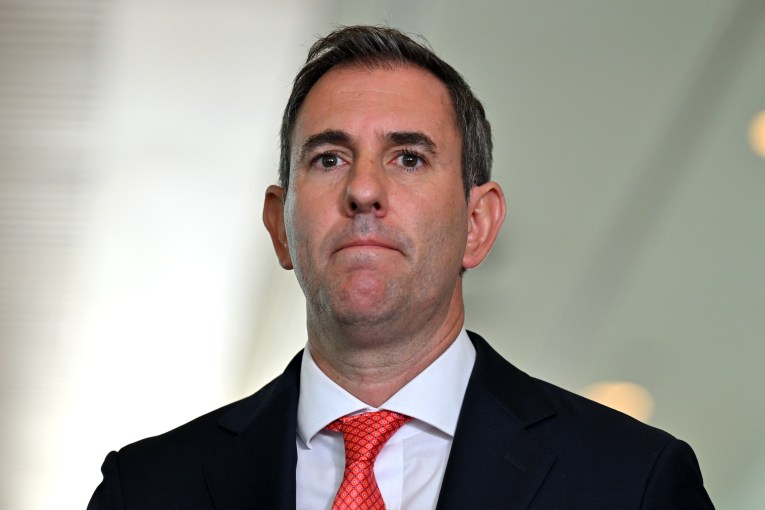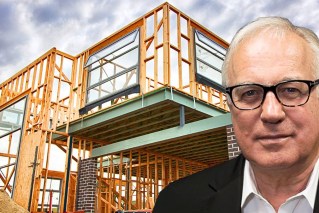Australian house prices will continue rising with soaring construction costs that have shelved new developments, putting further pressure on the market.
After falling 9.1 per cent between May 2022 and February 2023, Australian housing values rose by 1 per cent between February and April, CoreLogic data shows.
This brought the national median value up to $709,130.
Sydney led the capital cities in price growth, with the end of April seeing the city’s dwelling values 3 per cent higher than in January.
These price hikes can be attributed to a range of factors including the shock of interest rate rises wearing off, and a deterioration in the balance of supply and demand of housing stock, AMP Capital chief economist Shane Oliver told TND.
That gulf between supply and demand will worsen as Australia’s migrant population is tipped to rise by more than 700,000 people between the 2022 and 2024 financial years.
This dramatic increase in population will create more demand for housing, but as things stand, there isn’t enough stock in the market to satisfy current demand, let alone hundreds of thousands more people.
The Housing Industry Association says the government is already falling behind on its commitment to build one million homes in five years.
Homelessness is already ramping up as people find themselves unable to rent or buy a place to live.
Builders face losses
The problem is not just in getting approval to construct, but in getting homes built; analysis by KPMG Australia shows almost 16,400 dwellings in New South Wales were approved but had not commenced by the end of March, up from 13,800 at the same time last year.
In Victoria, almost 10,500 dwellings were approved but construction had not yet commenced by the end of March, up significantly compared to 5000 dwellings in March the year before.
This is largely due to rising construction costs, which rose by 29 per cent in Sydney and 32 per cent in Melbourne in the three years to March 2023.
J-Han Ho, Curtin University property lecturer, said when federal and state governments pumped money into new builds through measures like the HomeBuilder program during COVID-19, construction companies rushed to sign on for more builds than they could complete.
When faced with subsequent supply shortages and price hikes, worker shortages and increasing interest rates, many companies found themselves operating at a “massive loss”, leading to declarations of bankruptcy.
“If [companies] signed five years’ worth of construction contracts … [they] agreed to sign those contracts [at] fixed-price contracts, and maybe $250,000, $300,000 pre-COVID prices,” Dr Ho said.
“A lot of the builders who signed all these contracts, how can they continue to finish your house when they’re running at a massive loss? There’s no financial reason for them to continue running a business.
“And financially, it’s easier for them to just declare: ‘We can’t do this, let’s just liquidate … we’ll go bankrupt, because we’ll be building houses for $400,000 when people are going to pay us $200,000’.”
He said the issue is almost impossible to solve, as lags in construction means housing supply always struggles to meet demand.
“If any large developer wants to create a new suburb, it takes five to 10 years to get the house ready, and the supply just cannot adjust quickly enough,” he said.
Dr Ho said the current rises in median house prices could also just be a reflection of the upper market, which will have more buyers and investment than low- to middle-class properties and home-buying markets.
Toll of high interest rates
Property prices are likely to continue to rise unless Australia heads into a recession, Dr Oliver said.
He said high interest rates mean it will take a while for house prices to reach previous highs, given they restrict the amount of money people can pay for a property.
“A buyer with a 20 per cent deposit … their capacity to pay for a property is down about nearly 30 per cent from where it was last April,” he said.
“Unless the government works out a way to better balance the flow of immigrants to Australia – and at the same time makes it a lot easier for developers and builders to supply property and avoid having them go bust like they are at present – then the ongoing pressures are towards higher prices, not lower prices.”









